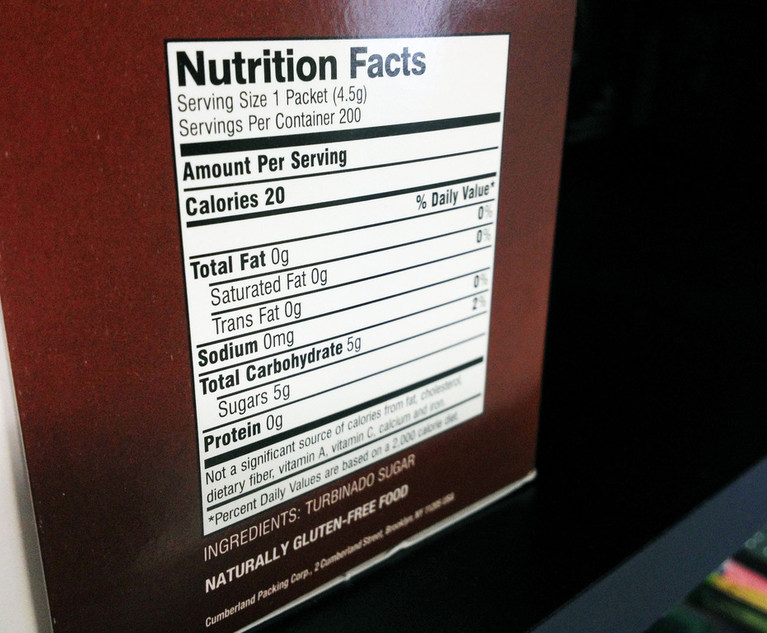The frequency of consumer class action lawsuits targeting some of America’s favorite foods for alleged false and misleading labeling has risen sharply over the last year. In 2020, new filings of these “misleading” labeling class actions rose by more than 30% nationwide compared to 2019. Filings in New York federal courts alone accounted for much of this increase. Although this trend may appear to threaten the food and beverage industry with the prospect of endless court entanglements and expensive nationwide discovery, the reality is that, in the New York federal courts, these cases are increasingly being dismissed early before gaining any traction.
In this article, we will examine recent decisions from New York federal courts at the motion to dismiss stage and explain how companies can defeat these cases quickly as they face this increasing onslaught of class action cases. In short, New York federal courts have been dismissing these class actions due to insufficient allegations that a “reasonable consumer” would be duped by the labeling at issue, demonstrating that the courts hold the “reasonable consumer” in higher regard than the plaintiffs’ bar. Although there are some conflicting decisions denying motions to dismiss, this favorable trend in rulings provides an avenue for companies to successfully challenge these labeling claims with a threshold motion despite the application of the fact-intensive “reasonable consumer” standard. If faced with one of these consumer class action lawsuits in New York, companies should evaluate the food label at issue in the context of these favorable decisions and consider the potential success and long-term utility of filing an early threshold motion to defeat the case, rather than taking the (often easier) option of an early low value settlement.


 Nutritional food label on a box of sugar packets. May 30, 2014. Photo by Diego M. Radzinschi
Nutritional food label on a box of sugar packets. May 30, 2014. Photo by Diego M. Radzinschi




